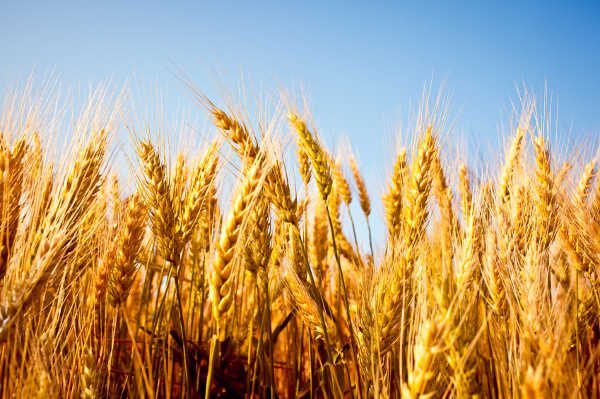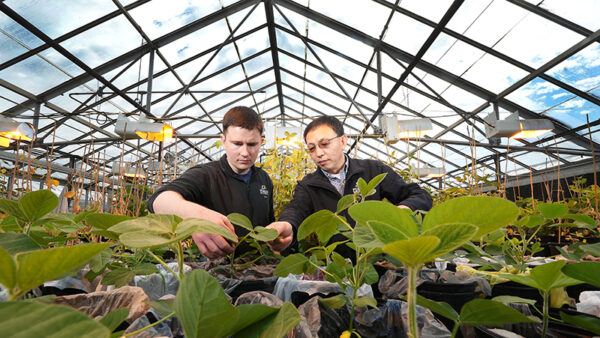
For more than a century, wheat was the second largest field crop in the United States (behind corn). The area of wheat planted peaked at around 80 million acres in the early 1980s, but declined gradually during the next 20 years. Around the turn of the 21st century, soybeans overtook it. At peak production, the United States produced more than 25 percent of the world’s wheat. Today that number is just 8 percent.
The decline in U.S. wheat production has not happened because the world no longer needs wheat — far from it! India and China have more than tripled their production in the past 30 years. However, the face of agriculture has evolved, global markets have replaced domestic needs, and the modern farmer’s aim is to produce the most profitable commodity that circumstances permit. This is the decision point where many farmers’ choices lead them away from wheat, as other crops with more breeding investment have made more rapid gains in profitability.
Breeding and developing competitive new varieties of wheat for the many and varied grain markets and production regions of the United States is an enormous task. At last count, more than 20 states were home to public wheat breeding programs; however, the future of many public wheat breeding programs is beginning to come under threat.
From 2008 to 2013, for example, public food and agricultural research and development expenditure (adjusted for inflation) fell by approximately 20 percent. At the same time, private investment increased by 64 percent.
Clearly, the structure of financial support for wheat breeding research is changing. Public institutions are receiving less funding while private investment levels have increased. However, the public sector has responsibilities above and beyond cultivar development: fundamental research, publications and training the next generation of scientists.
This combination of reduced public funding and the focus of private breeders on more profitable crops only exacerbates the downward pressure on the number of U.S. wheat acres planted annually. Other crops, namely corn and soybeans, have avoided the impact of public spending cuts — mainly through the introduction of patent-protected improvements paid for by growers through technology use agreements.
Unfortunately, the U.S. wheat area will continue to decrease until the crop can generate more income for growers.
Most wheat crops are grown from seed saved from the previous crop. By comparison, farmers purchase almost all their corn seed and soybean seed annually from professional seed retailers. So how can the seed industry add sufficient value to the wheat crop to sustain the annual purchase of seed that is needed to create more income for future research?
The simple answer is to add value to the crop by making it cheaper to grow, increasing yields and improving grain quality. Breeders are focusing more than ever on improving the sustainability of the wheat crop by using modern breeding technology to enhance its value.
Growers can look forward to the introduction of superior genetics-based production systems in the near future — offering enhanced weed control solutions at reduced per-acre costs, as well as new varieties that incorporate novel traits with significant health benefits. These include “high-fiber” varieties with a low glycemic index that can improve digestive transit and lower the risk of colon cancer.
The basic principles are in place to support major progress in the development and profitability of the wheat crop. The added value traits that will benefit both growers and consumers have arrived, and U.S. wheat production and marketing can now potentially move into a new era of productivity and profitability.
For more on the various seed innovations that benefit the seed industry and how to protect your innovations, please visit the Seed Innovation and Protection Alliance at seedipalliance.com.













